Could This ‘Missing’ Mineral Be Why You’re Tired and Stressed?
For years, I’ve had conversations with people who just feel… off. They’re dragging through the day, their eyelid won’t stop twitching, or they’re wrestling with leg cramps in the middle of the night. While a dozen things could be the culprit, one of the first questions I ask is about what they’re eating. Specifically, are they getting enough magnesium?
In this article
Honestly, it’s the body’s unsung hero. Think of magnesium as the master spark plug for your entire system. It’s a key player in over 300 essential reactions that keep you energized, calm, and running smoothly. Without it, things start to sputter. My goal here isn’t just to hand you a list of foods. It’s to help you see how you can stock your pantry to feel better, relying on your plate instead of just a pill bottle.
So, Do Any of These Sound Familiar?
Before we dive in, let’s see if this conversation is for you. A lot of people don’t realize that these common annoyances can be your body’s way of sending up a flare for more magnesium:

- That relentless, annoying twitch in your eyelid
- Painful muscle cramps, especially in your legs or feet at night
- Feeling wired and anxious, but also tired at the same time
- Trouble falling asleep or staying asleep
- More frequent headaches or even migraines
- A general sense of fatigue that coffee doesn’t fix
If you’re nodding along to a few of these, paying closer attention to this mineral could be a game-changer.
Why Your Body is Crying Out for Magnesium
To really appreciate the food, you have to understand the job. Magnesium is a mineral that wears a lot of hats inside your body. It’s what experts call a “cofactor,” which is a fancy way of saying it’s a helper molecule that turns on the workers (enzymes) in your cells.
Here’s what it’s doing behind the scenes:
It Creates Energy. Every single cell in your body runs on a tiny energy molecule called ATP. But here’s the catch: for ATP to actually work, it needs to be attached to a magnesium ion. No magnesium, no active energy. It’s a direct reason why fatigue is a classic sign of being low.
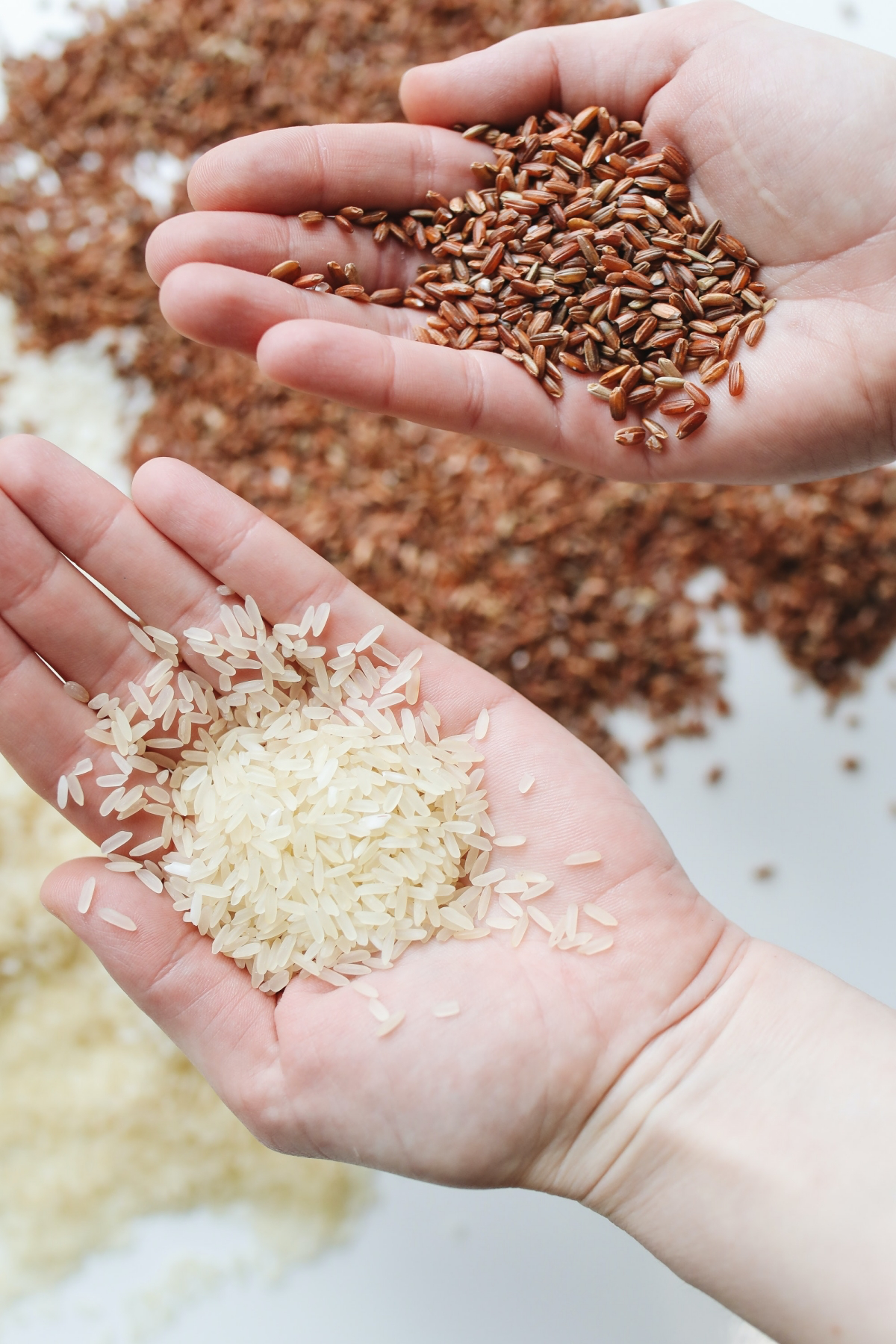
It Manages Muscles. You can think of calcium and magnesium as a team. Calcium makes your muscles contract, and magnesium tells them when to relax. If you’re low on magnesium, calcium can run the show, leading to those cramps, spasms, and twitches. I once worked with a client, we’ll call her Jane, a 45-year-old who was woken up almost every night by excruciating leg cramps. After just a few weeks of intentionally adding a cup of cooked spinach to her dinner and snacking on pumpkin seeds, her cramps completely vanished. It can be that simple.
It Calms Your Nerves. Magnesium is like a bouncer for your nervous system. It helps regulate your brain’s chemical messengers and can literally block stimulating molecules from getting your brain cells all riled up. This natural calming effect is why getting enough is so closely linked to better sleep and a more stable mood.
It Builds Strong Bones. We all hear about calcium for bones, but magnesium is the foreman of that construction site. It helps regulate the levels of both calcium and Vitamin D and activates the enzymes needed to form strong, new bone crystals. You need both to build a solid frame.

It Protects Your Heart. Your heart is your most important muscle, and magnesium is crucial for maintaining a steady, healthy rhythm. It helps move other electrolytes, like potassium and calcium, in and out of cells, which is what creates the heart’s electrical pulses.
As for how much you need, the general guidelines suggest around 310–320 mg for women and 400–420 mg for men daily. But don’t get hung up on the numbers. Think of them as a target, and let’s focus on hitting it with real, delicious food.
Stocking Your Kitchen with Magnesium Powerhouses
The best part is that magnesium isn’t hiding in some exotic, expensive superfood. It’s in everyday staples you can find at any grocery store, from Trader Joe’s to your local supermarket.
1. Seeds and Nuts: Tiny but Mighty
If you want the most bang for your buck, this is where you start. Pumpkin seeds (or pepitas) are the undisputed champs. Just one ounce—that’s a small handful—gives you a whopping 156 mg. Almonds are another fantastic choice at around 80 mg per ounce, with cashews right behind them at 72 mg.
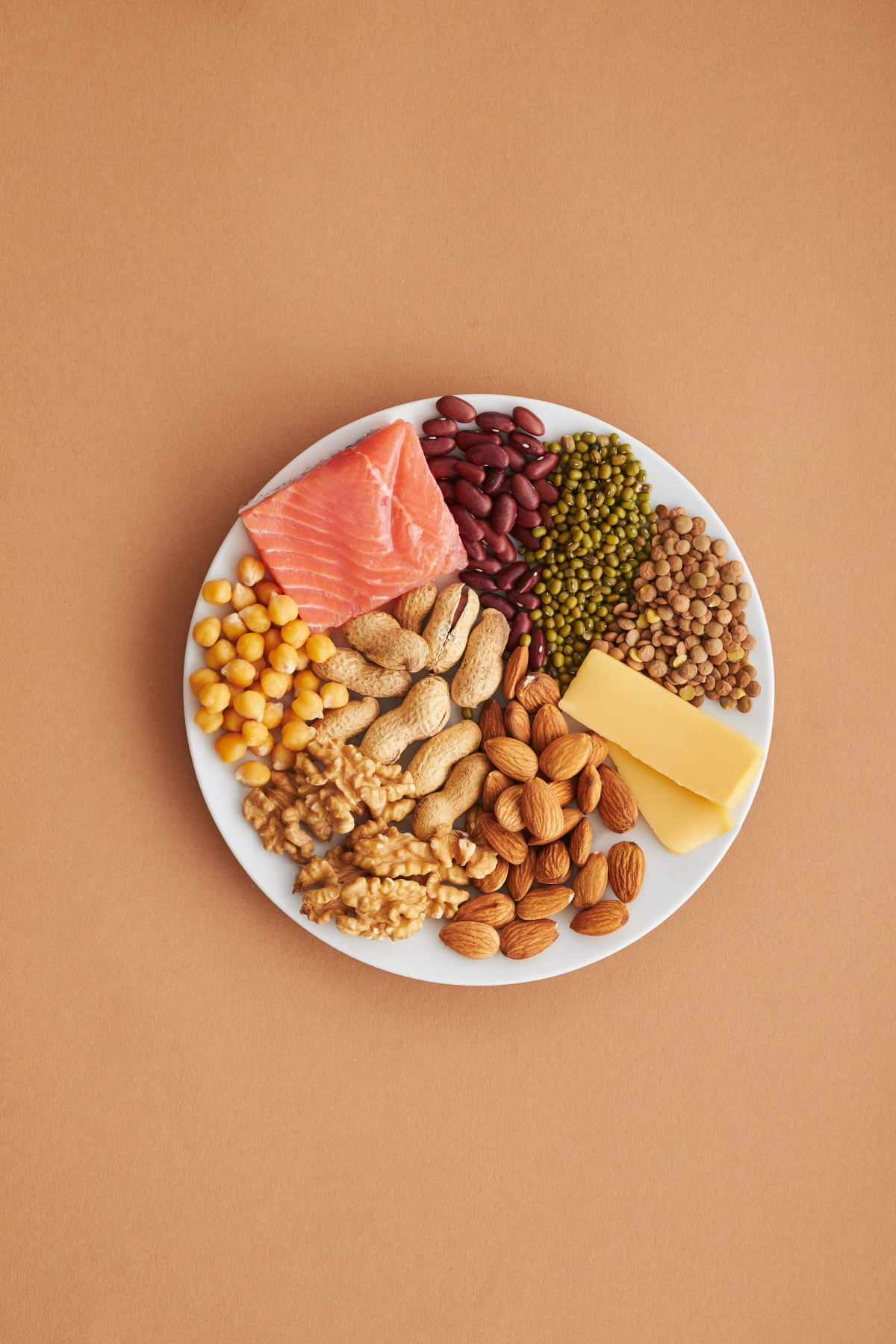
Pro tip: To save some cash, buy your nuts and seeds raw and unsalted from the bulk bins. A pre-packaged bag of roasted almonds can be $10-12, while you can often get the same amount from a bulk section for $7-9. Plus, it lets you control the salt.
By the way, have you ever heard of soaking your nuts? Some people find nuts a bit heavy on their digestion. Soaking raw almonds in water overnight and then rinsing them can make them easier to digest. It’s super simple:
- Step 1: Place nuts (like almonds) in a bowl and cover with water.
- Step 2: Let them sit on the counter for 8-12 hours.
- Step 3: Drain the water, give them a good rinse, and pat them dry. They’re ready to eat!
2. Legumes: The Humble Workhorse
Beans and lentils are cheap, versatile, and loaded with goodies. A cup of cooked black beans has about 120 mg of magnesium, plus tons of fiber and protein. Lentils and chickpeas are also fantastic.

A quick heads-up: If you’re not used to a lot of fiber, ease into it! Start with a half-cup serving to avoid any, erm… musical side effects. And yes, canned beans are totally fine. Just look for low-sodium versions and give them a thorough rinse in a colander. This simple step can wash away nearly 40% of the added salt.
3. Dark Leafy Greens: Nature’s Multivitamin
You knew these were coming, right? Cooked spinach is a superstar, with one cooked cup packing an incredible 157 mg. Swiss chard is another great one. The key word here is cooked. Greens shrink a ton when you heat them, so it’s an easy way to concentrate the nutrients. A cup of cooked spinach started out as a whole giant bag of raw leaves!
And yes, frozen is just as good! A bag of frozen spinach is often cheaper than fresh (around $2-3 a bag) and just as nutritious. It’s perfect for tossing into smoothies, soups, or pasta sauce.

4. Whole Grains: The Smart Foundation
The magnesium in grains lives in the outer layers (the bran and germ), which get stripped away to make white flour and rice. That’s why “whole” is the magic word. Quinoa, technically a seed, is a standout with 118 mg per cooked cup. Buckwheat and a simple bowl of oatmeal are also solid choices. Just switching from white bread to a good 100% whole wheat loaf is an easy, powerful upgrade.
5. Avocado and Bananas: The Fruit Stars
While most fruits have a little magnesium, these two are special. A medium avocado gives you about 58 mg, plus healthy fats and fiber. And that banana you grab for a snack? It’s not just potassium; it also has about 37 mg of magnesium.
6. Dark Chocolate: The Healthy Indulgence
This is the one that always makes people smile. A one-ounce square of high-quality dark chocolate (look for 70% cacao or higher) can deliver around 64 mg of magnesium. This isn’t an excuse to eat a whole candy bar, of course. Think of it as a nutrient-dense treat. Milk chocolate, with all its sugar, barely has any.

What About Nut Allergies?
I get this question a lot. If you can’t do nuts, don’t worry—you have plenty of options. Here are your nut-free magnesium heroes:
- Pumpkin & Chia Seeds: These seeds are often safe for those with tree nut allergies (but always check with your doctor!). They are nutritional powerhouses.
- Beans & Lentils: Black beans, chickpeas, and lentils are your best friends.
- Leafy Greens: Load up on that spinach and Swiss chard.
- Avocado: A fantastic, creamy source of magnesium and healthy fats.
- Quinoa & Buckwheat: Excellent grain-like options.
Putting It All Together: A Real-Life Meal Plan
Okay, so how does this look in a real day? Here’s a sample plan that easily surpasses the daily goal:
Breakfast: Oatmeal made with milk, topped with a tablespoon of chia seeds, a handful of walnuts, and a sliced banana. (~150 mg)
Lunch: A big salad with spinach, a half-cup of chickpeas, half an avocado, and a sprinkle of pumpkin seeds. (~180 mg)
Dinner: A baked salmon fillet with a cup of quinoa and a side of steamed Swiss chard. (~200 mg)
Snack: A square of 70% dark chocolate. (~64 mg)
Total Magnesium: Well over 500 mg!

Feeling overwhelmed? Here’s the “Super Busy Person’s” version:
- Breakfast: A smoothie with frozen spinach, a banana, and a scoop of protein powder.
- Lunch: A tub of pre-cooked lentils or chickpeas mixed with a bagged salad kit.
- Dinner: Rotisserie chicken, a microwavable pouch of brown rice/quinoa, and a side of steamed frozen broccoli.
See? It doesn’t have to be complicated.
Can You Get Too Much Magnesium From Food?
This is a great question. The short answer for most people is no. If you have healthy kidneys, your body is incredibly smart about flushing out any excess magnesium you get from food. The danger of getting too much really comes from high-dose supplements, not from an extra serving of spinach or almonds.
A Quick Word on Supplements
While I’m a firm believer in a food-first approach, sometimes supplements have their place, especially if a blood test confirms you’re low. But this is a conversation to have with your doctor. They can recommend the right type and dose for you.

If you do look at the supplement aisle, you’ll see different kinds. Magnesium Glycinate is known for being easy on the stomach and good for sleep, while Magnesium Citrate is well-absorbed but can have a laxative effect. Magnesium Oxide is common but isn’t absorbed very well by the body.
SERIOUS WARNING: Be very careful with supplements. Taking too much can cause diarrhea and nausea, and in very high doses can be dangerous. People with any kind of kidney issue should NEVER take a magnesium supplement unless specifically told to by their doctor, as their bodies can’t get rid of the excess. This is not something to mess with.
The Takeaway: Listen to Your Body, Eat Real Food
For most of us, the path to feeling better runs through the produce aisle, not the pharmacy. By focusing on delicious, whole foods like seeds, beans, greens, and even a little dark chocolate, you give your body the master mineral it needs to thrive.

Start small. Throw a handful of spinach in your morning eggs. Swap your afternoon chips for a handful of almonds. These little changes add up. Pay attention to how you feel—better sleep and calmer days could be just a few grocery trips away.
Galerie d’inspiration
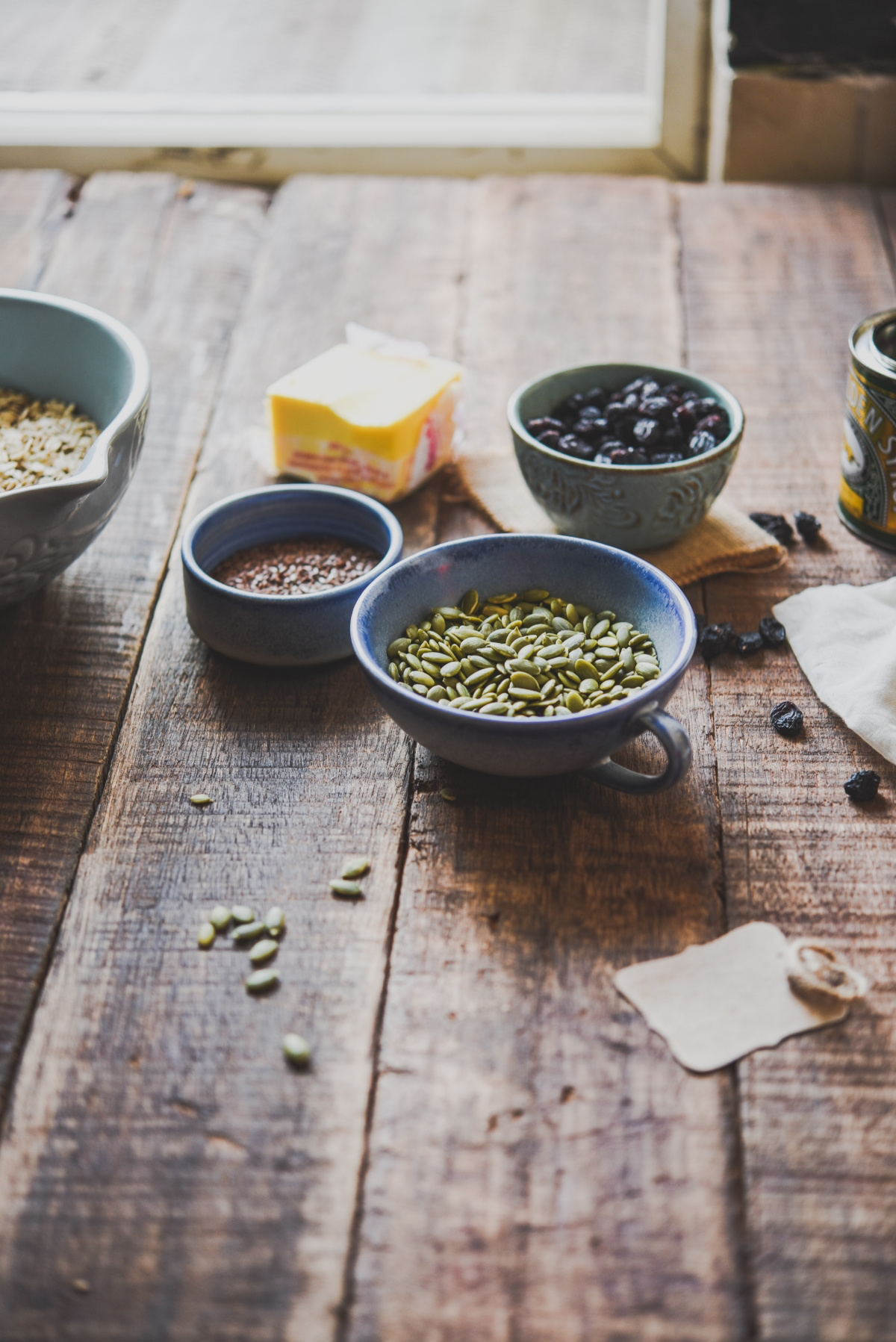
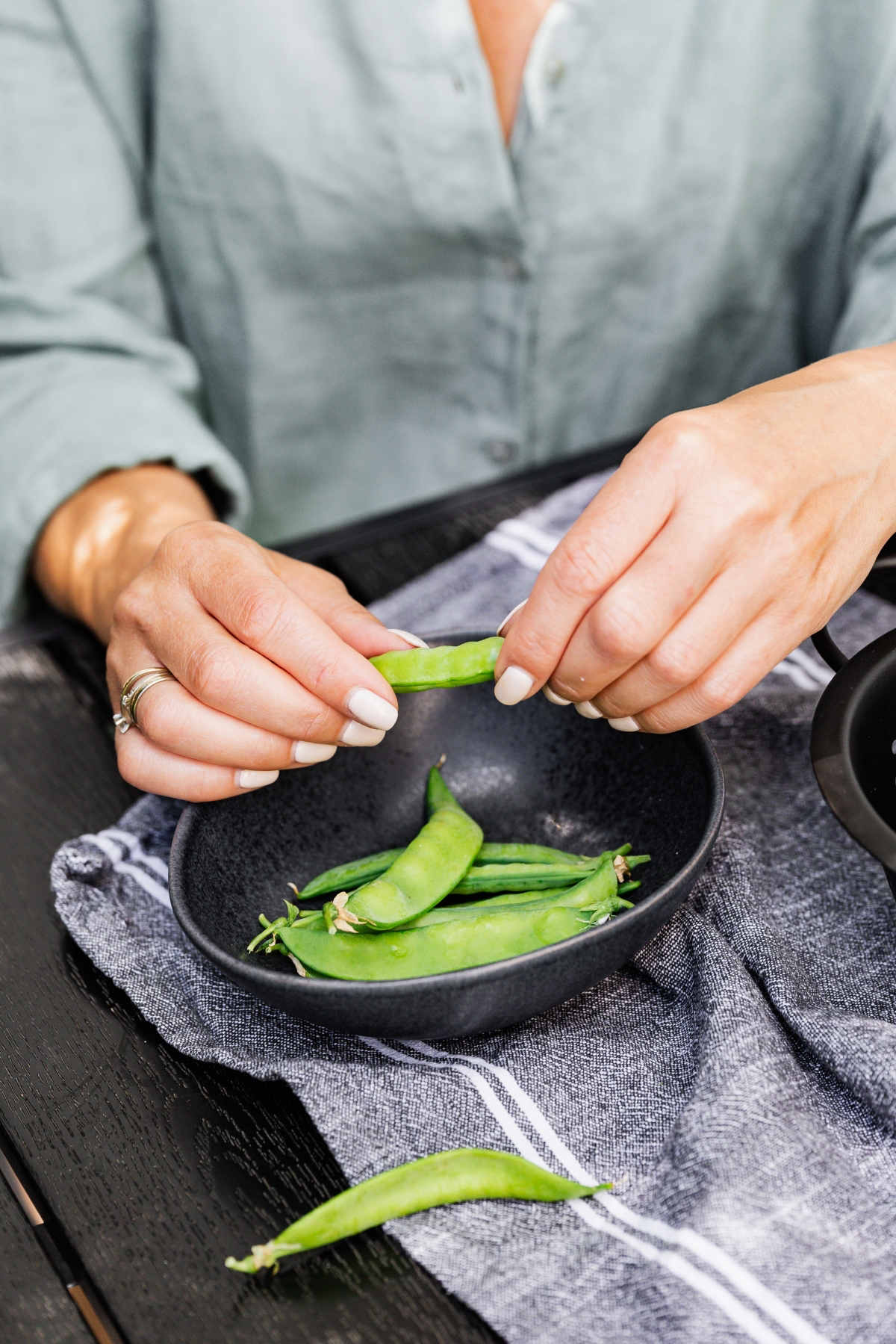
Craving chocolate? There’s a reason for that.
When you feel an intense urge for chocolate, it can sometimes be your body signaling a need for magnesium. Instead of reaching for a sugary milk chocolate bar, consider a square or two of high-quality dark chocolate with at least 70% cacao. A brand like Lindt Excellence 85% Cacao or Green & Black’s Organic 70% offers a potent dose of this relaxing mineral along with antioxidants, satisfying the craving in a much healthier way.
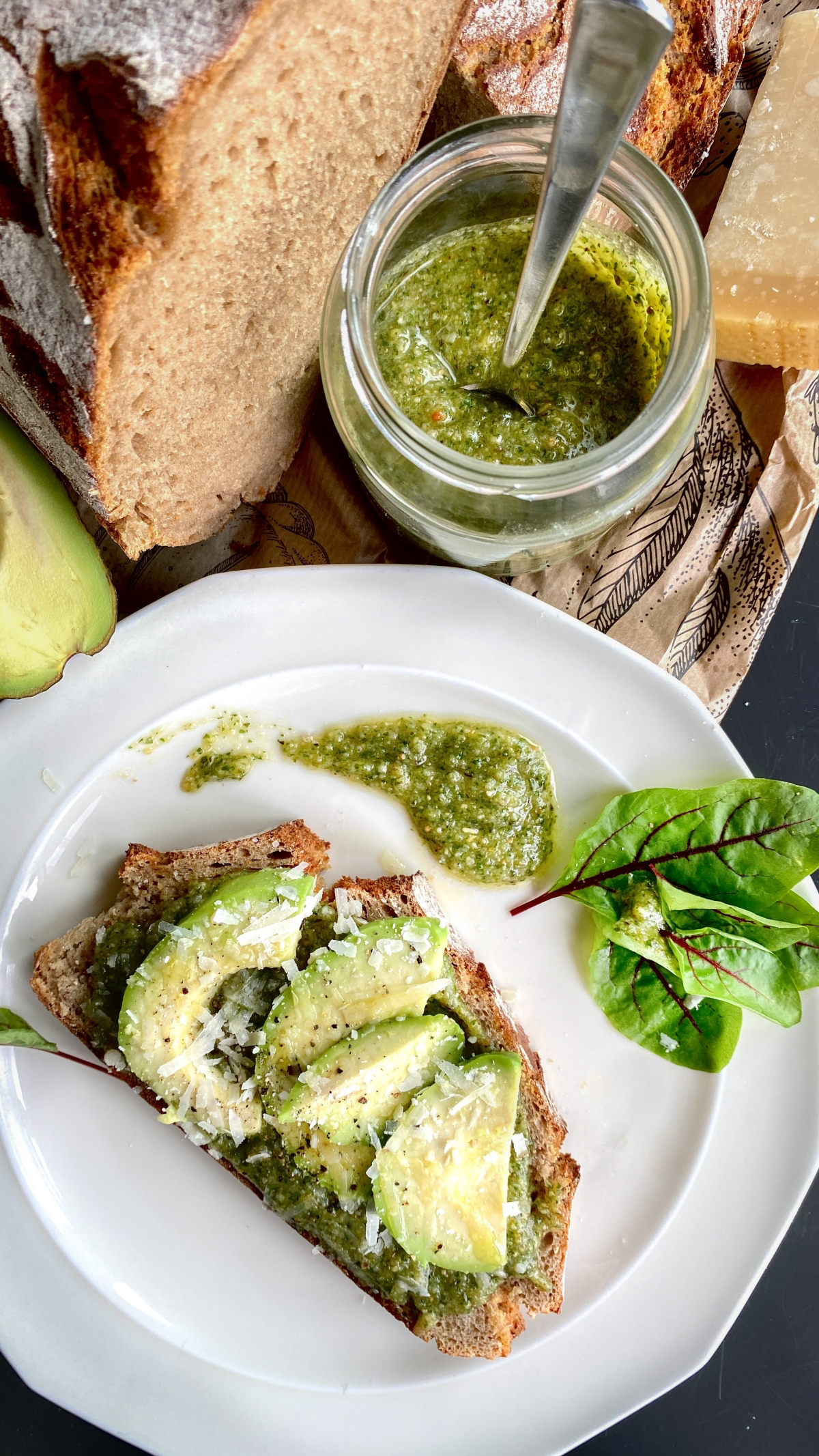
- Boosts post-workout recovery
- Soothes tired, achy muscles
- Promotes a sense of calm before bed
The secret? A simple Epsom salt bath. Dissolve two cups of Epsom salts (magnesium sulfate) in a warm bath and soak for 20 minutes. Your skin absorbs the magnesium, providing direct muscular and nervous system benefits. It’s an ideal ritual after a stressful day or an intense workout.
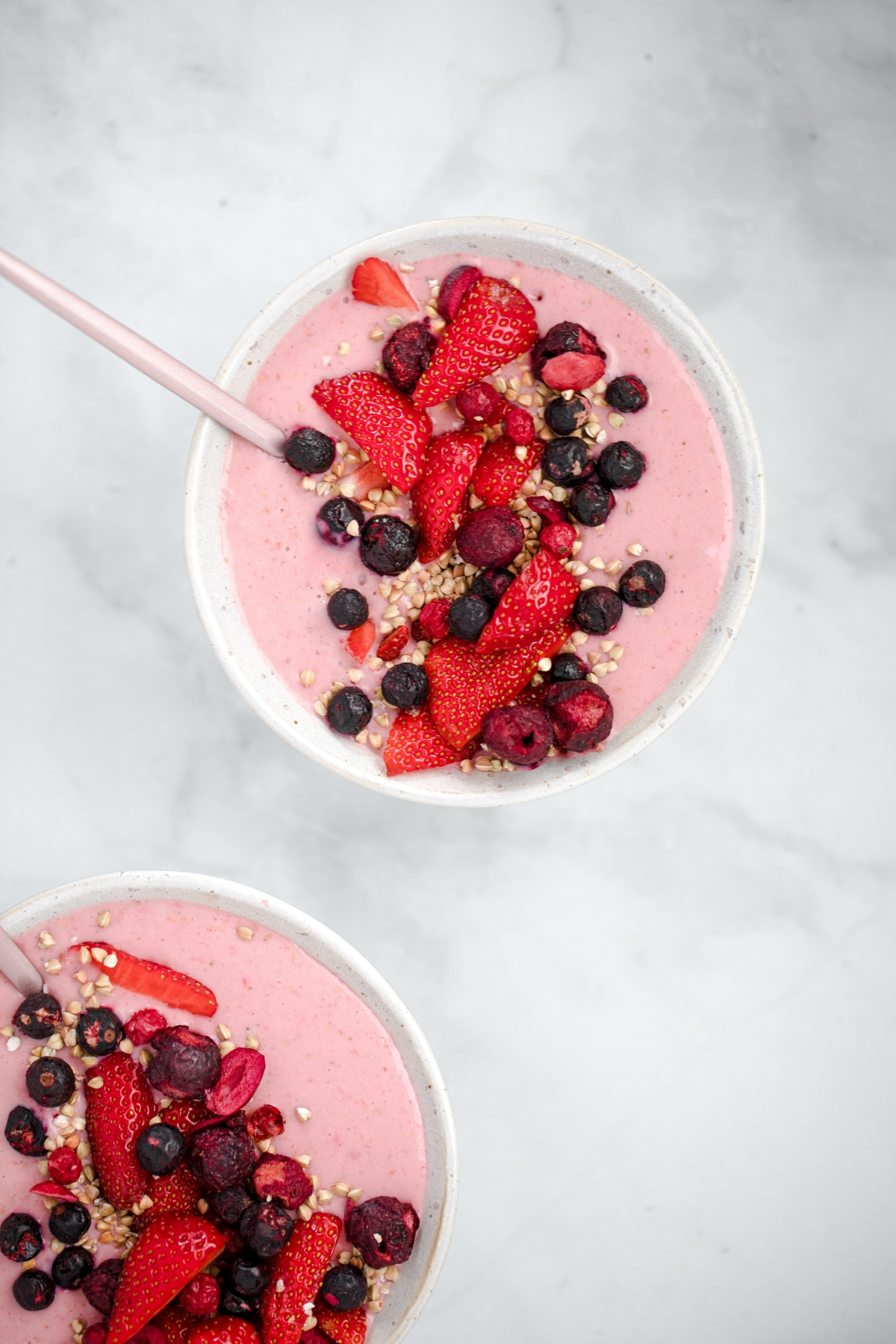
An estimated 50% of the U.S. population is consuming a magnesium-deficient diet.
This statistic from the National Institutes of Health highlights a widespread issue. Modern food processing often strips magnesium from foods like grains, and even whole foods can have lower mineral content due to soil depletion. This makes consciously choosing magnesium-rich whole foods like spinach, almonds, and black beans more critical than ever for maintaining your energy and well-being.

Magnesium Glycinate: This form is bound to the amino acid glycine, which itself has calming properties. It’s known for being gentle on the stomach and is highly absorbable, making it a top choice for improving sleep, reducing anxiety, and easing muscle tension without a laxative effect.
Magnesium Citrate: Bound with citric acid, this form is also well-absorbed but has a natural osmotic effect, drawing water into the intestines. It’s often recommended for those seeking relief from constipation, in addition to general magnesium supplementation.
For daily calm and sleep support, glycinate is often preferred, while citrate can help with regularity.

Don’t let your healthy habits work against you. Many magnesium-rich foods like nuts, seeds, and legumes contain phytic acid, an antinutrient that can bind to magnesium and block its absorption. The solution is simple: soak your raw nuts or beans in water for a few hours before eating or cooking them. This process neutralizes much of the phytic acid, unlocking the full mineral potential of your food.
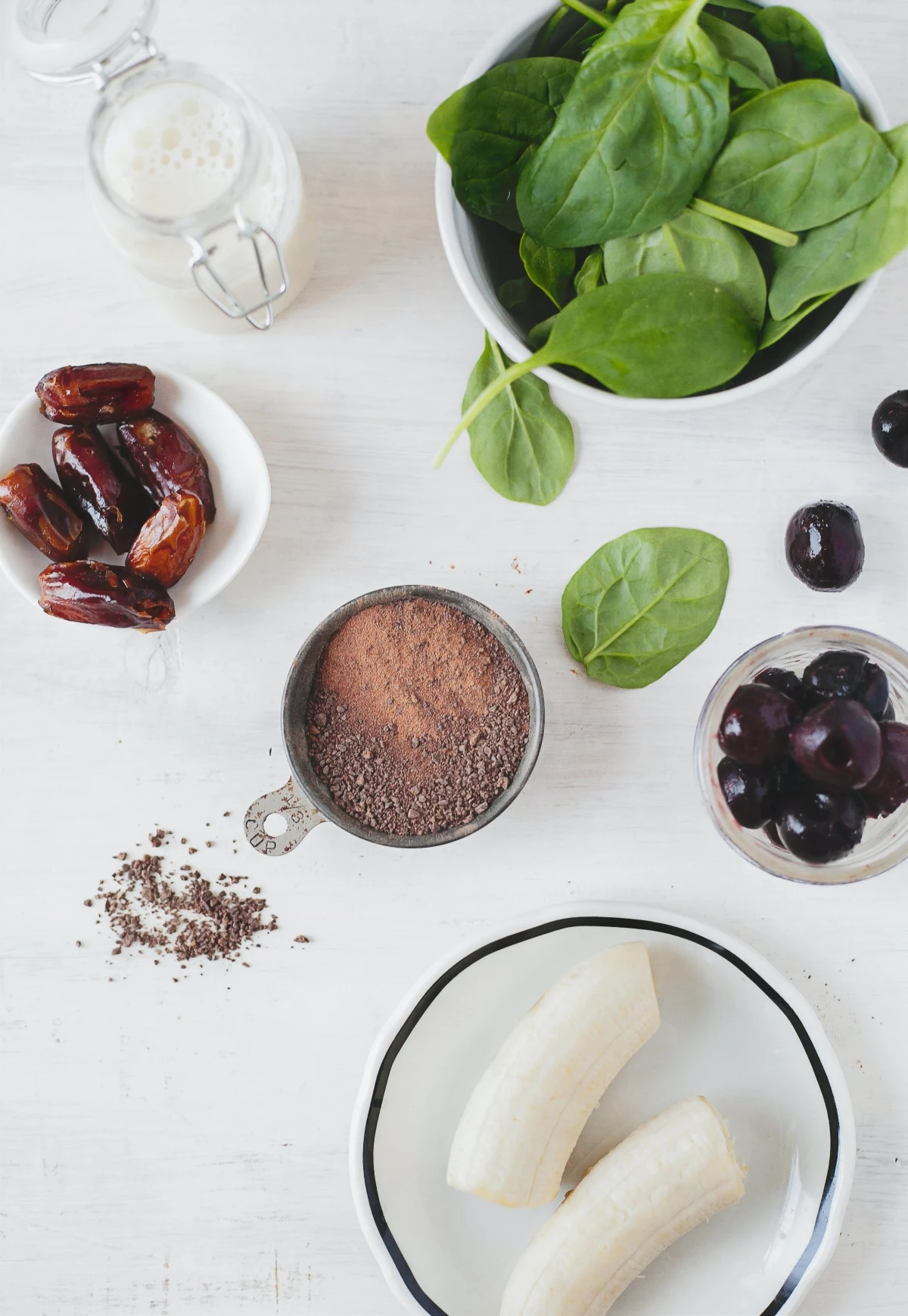
Watch out for this common pairing: Your morning coffee and your magnesium-rich breakfast might be at odds. Caffeine can impact magnesium levels by reducing absorption in the gut and increasing its excretion through the kidneys. While you don’t have to give up your coffee, try to avoid having it at the exact same time as your main magnesium-focused meal or supplement. A little spacing can make a big difference.
- Pumpkin Seeds: Around 156 mg per ounce
- Chia Seeds: Approximately 111 mg per ounce
- Almonds: Roughly 80 mg per ounce
- Spinach (cooked): 78 mg per half cup
- Black Beans (cooked): 60 mg per half cup
Integrating these powerhouses into your daily routine is easier than you think. Sprinkle seeds on your yogurt, add spinach to a smoothie, or make black beans a staple in your salads and side dishes.










